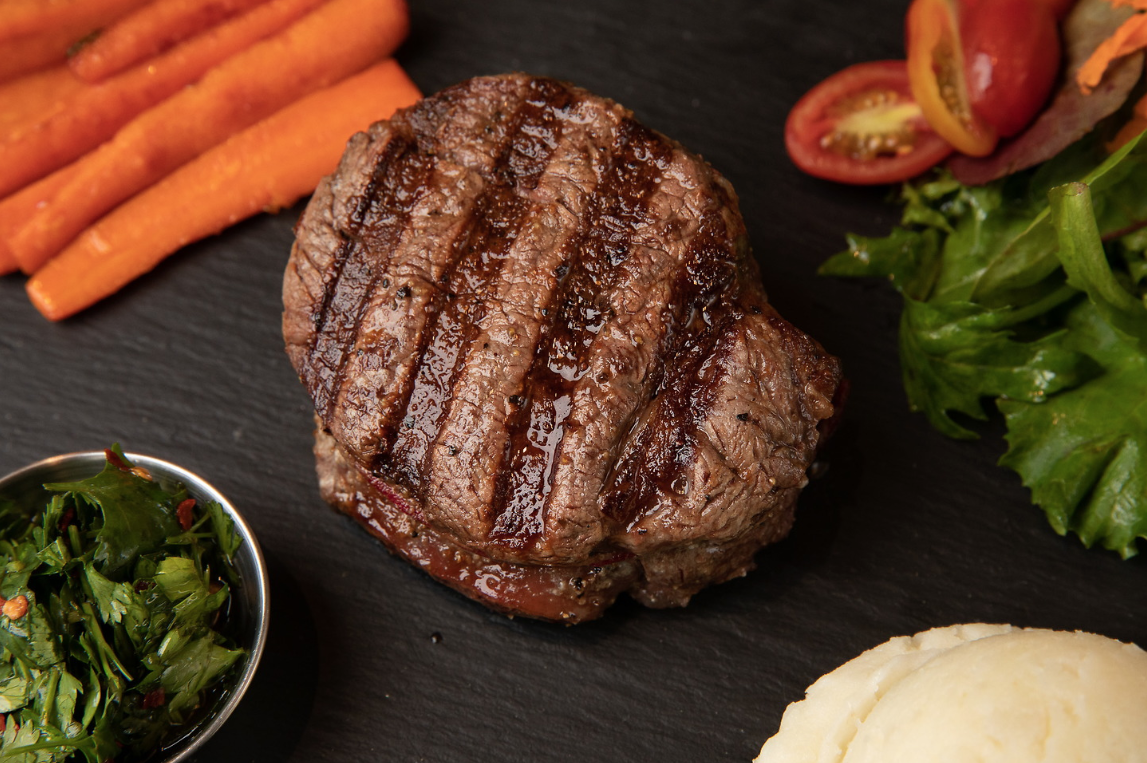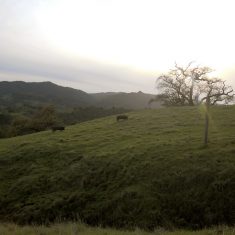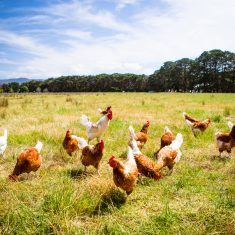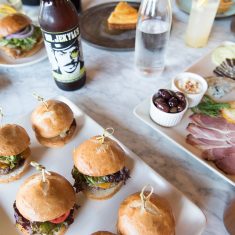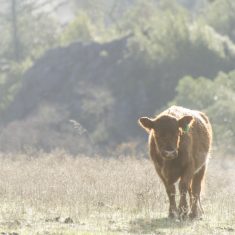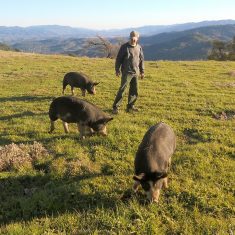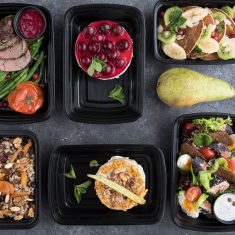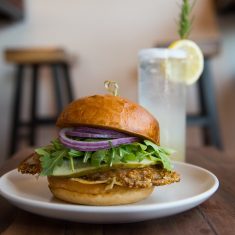Farm vs. Factory Part 2
When restaurants order meat through a distributor like US Foods, Sysco, or even Golden Gate Meat Company, the volume of meat production is so much bigger than one local ranch. Those distributors are dialed into a very efficient system of production, processing, marketing, and distribution. Product availability is the same all the time, hence it is easy to place orders for specific cuts of meat each week. Usually, these distributors have requirements, like minimum orders, as they are also trying to create consistency on the buyer’s end.
Sourcing meat from Mendocino Meats isn’t so much “ordering” but more about a dialogue with the farmers about what is available and feasible. While production can change at the whim of nature, the farmers can employ different tools and techniques to smooth out production. For example, the summer is the easiest time to raise poultry, but during winter, we can extend the season with hoop houses for poultry and even high tunnels for vegetables. But, that all depends on Mother Nature of course.
Because the small ranch is not part of the larger industrial food system, meat production planning includes scheduling processing well in advance. The options for getting meat fabricated for the restaurant are limited. To get meat chickens processed, the farmer has to be in Modesto at 5:30am on the scheduled date. There are only three USDA-inspected poultry processors in California who will custom process chickens for small-scale producers. (In the entire United States, there are only eleven.) Because that processor has a minimum order requirement of 250 chickens, the farmers need to produce at least that many at a time. The entire agricultural roadmap of getting food from the field to the restaurant influences production, but that path needs to line up somehow with the restaurant’s output, too.
The timing and logistics of ordering directly from the ranch depends on how much meat will get cooked and served within a certain time frame. How long does it take the restaurant to go through an entire steer or a whole pig? How many chickens will be used in a month? These were the big questions when The Golden Pig first opened in summer 2017 and planning our orders accordingly. Ideally, you get customers to want what you have available by tailoring the menu and running specials that utilize the whole animal equally. Our entire menu is based on this concept.
To control inventory and reduce waste, the restaurant must freeze some of the meat and poultry for short periods of time in-between two-three months. An entire steer or a whole pig is a lot of meat. The length of freezing doesn’t hurt the meat, but it allows us to use the entire animal for different menu items. As long as the meat is handled well at freezing and defrosting, it is still high quality. At the end of the day, exceptional ingredients are cooked and served for a good value and price. Ordering ingredients from a small-scale farm may seem inconvenient for the typical restaurant chef, but instead of just ordering food, the Farm Driven restaurant has a relationship and on-going conversation with the food producer, and we’re lucky enough to have our own farm to support these ongoing needs.

